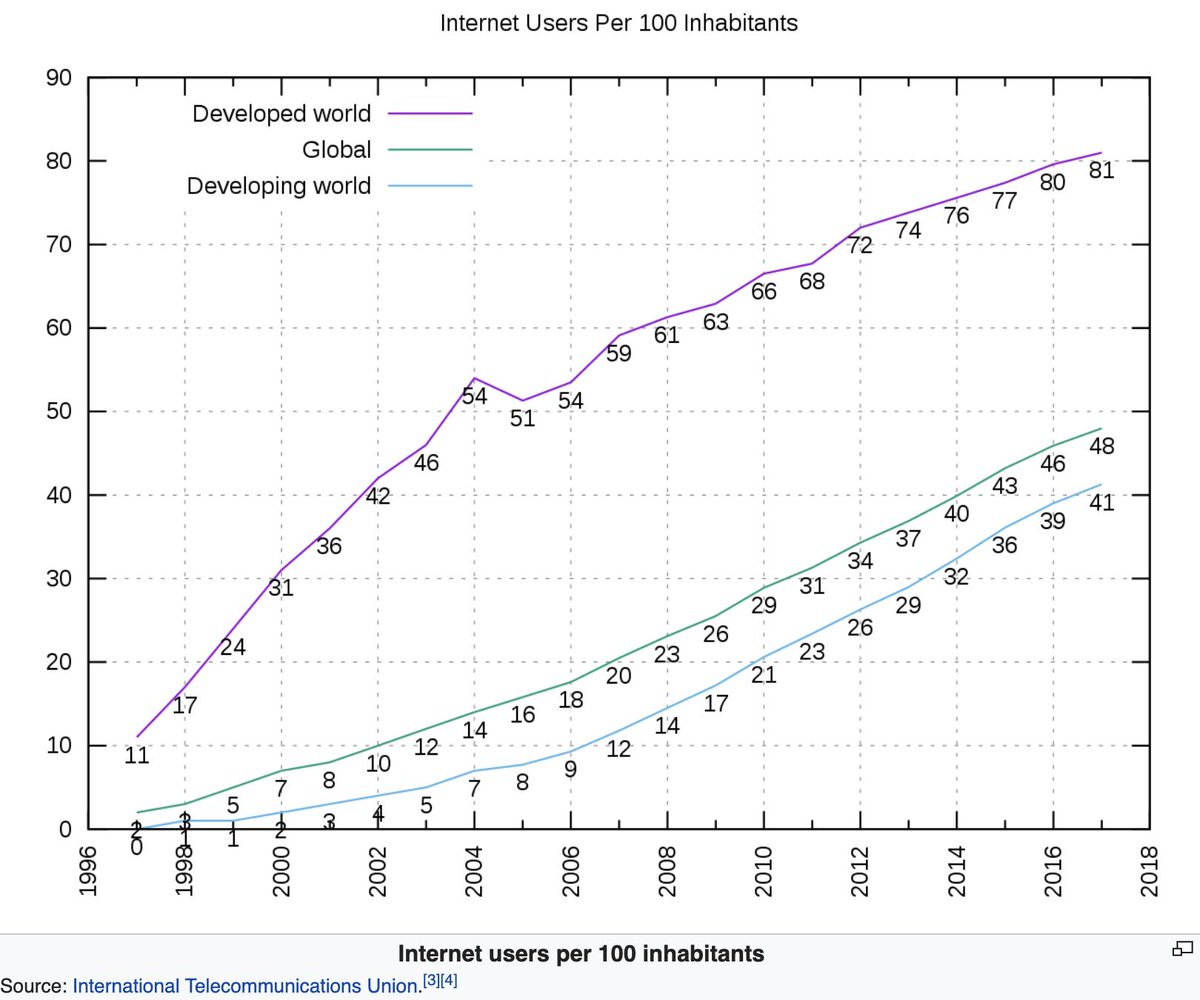Excellent question which doesn't have a simple answer. Deflation is a decrease in the price of goods and services, which is in turn an increase in the value of currency. Opposite holds true for inflation. When looked at as a financial asset, XRP has a decreasing supply
and presumably an increasing rate of adoption. Through basic supply and demand principles this will lead to increased valuations for XRP. As a straight bridge asset exchanging value between other currencies and assets, the increasing valuations, and subsequent
liquidity expansion, wouldn’t have a deflationary effect upon the price of goods and services as those goods and services would still be measured in domestic currency, which would still be managed through interest rates and inflation. XRP is not subjected to an interest rate
so it is hard to apply inflation and deflation metrics to it. But neither is gold you may be thinking. True. The difference with gold is that XRP will be the direct asset being used for the movement of value as opposed to a currency which is backed by gold, and also
used to price goods and services. Anything that is backed by gold, and also used to price goods and services, will have a deflationary impact on the economy. This presents a challenge for the XRP big picture and those who imagine it being used for everything, everywhere
as a global currency, as opposed to just a bridge asset. If we start using XRP to directly price goods and services we will be creating a similar situation. This is likely why Brad Garlinghouse is stating that XRP is not meant to replace fiat currency, because it
simply can’t yet without causing economic deflation as adoption increases. As the existing monetary framework which is managed by interest rate increases and decreases is incrementally replaced over the years by the emerging digital framework, the interest rate
management aspects could very well be replaced with something else. This is what makes this field extraordinarily interesting. We are witnessing the creation of new monetary and financial concepts which will define and shape the next 4 to 5 centuries.
I suspect we will see multi-tiered monetary and financial frameworks in our lifetime which will have buffers built in to protect against the natural progression of inflation and deflation. These systems will compete against one another and will be tied not to nations
but to industry sectors and specific goods and services. But I’m getting way ahead of myself. Hope this makes sense to everyone.







